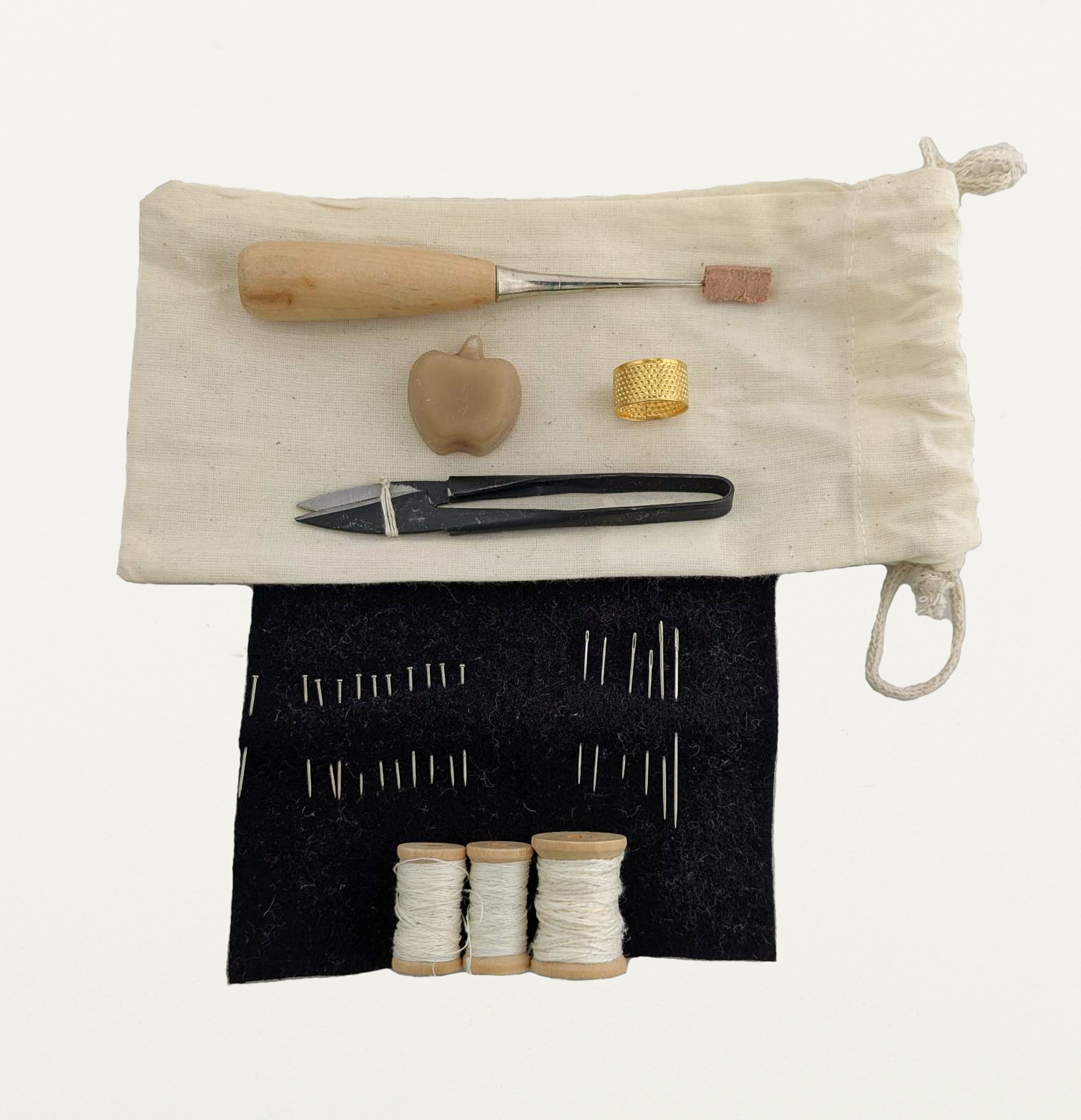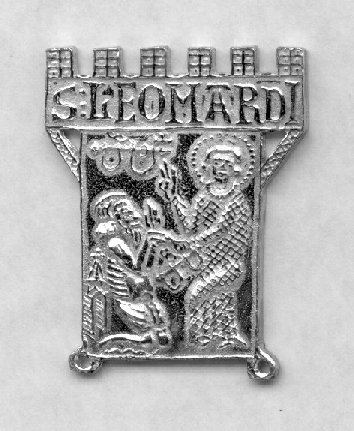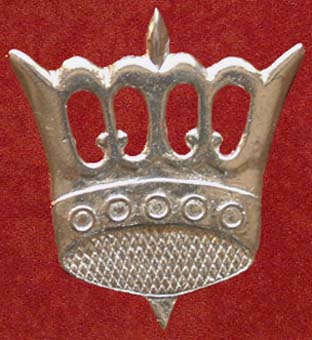
Taking care of your beautiful household linens – Table cloths:
With the best will in the world, stuff gets spilled, and some things are more difficult to remove than others.
For a general wash;
- Treat any normal stains with an oxygen-based or colour safe bleach, following the directions regards pre-soaking etc. We advise not using chlorine bleach as this can damage the textile.
- A hot wash with a regular detergent on the delicate cycle should wash clean the table cloth, and help to keep the fringe from getting tangled.
- To minimize or avoid ironing, lay the table cloth out wet from the wash on a counter or table, smooth out the wrinkles, and then hang so it falls straight. Otherwise, a short tumble dry – again, this is to keep the fringe maintenance down to a minimum.
- Once dry, fold carefully and store under other linens so that the folds will set as seen in period art.
- Alternatively, you can iron the patterns in as desired with a hot iron and steam.
To remove candle wax –
There are a number of ways to achieve this but our preferred method (and one used in period) is as follows;
- simply scrape off the excess candle wax;
- lay several sheets of CLEAN (non-waxed) paper underneath the candlewax spill and another sheet of paper on top of the area;
- with the iron on a low heat, gently iron over the spot to allow the brown paper to draw out the oily residue left behind (yes, they did have irons, though it took considerably more technique and experience to use them);
- IMPORTANT!! Keep the Iron moving so that you don’t burn the fabric!
- Move the affected area onto fresh sections of the paper so that they can draw the oils more efficiently.
To aid with the removal of Red wine stains;
- Mop as much as you can but do NOT rub at the red wine, it will just grind into the fibers;
- If you can (depending on the state of the diners), dilute the stain with water ( or soda water) and mop with a clean towel;
- Then (and this would have been an expensive fix in period), pour a generous amount of salt onto the freshly mopped red wine spill and allow it to dry;
Wash as usual, but before drying, check to see if the stain is still there, some stain may require stronger solutions to deal with any residual stain.







